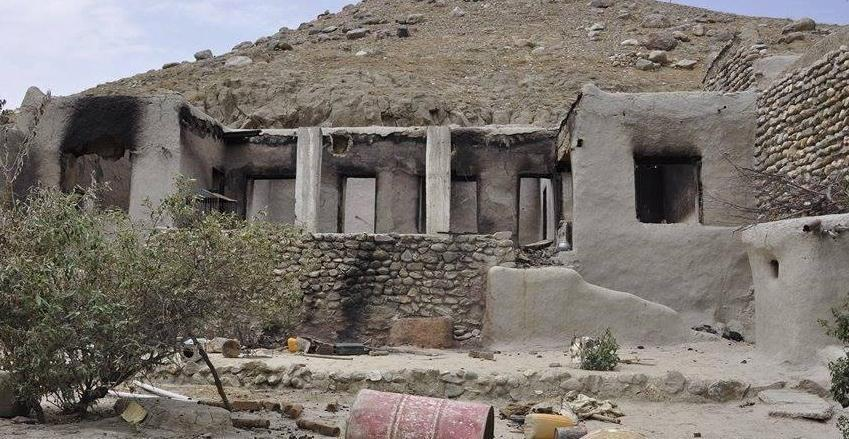RASC News Agency: The districts of Haska Mina, Achin, Spin Ghar, Nazian, and Durbaba, once notorious as the primary strongholds of ISIS activity in eastern Afghanistan, remain in ruins after years of brutal conflict. Prolonged and intense clashes between the former Afghan government forces and ISIS militants obliterated critical infrastructure: entire neighborhoods were reduced to rubble, marketplaces were razed by fire, agricultural lands and vital roadways lie in disrepair, and schools, mosques, and healthcare facilities have become nonfunctional relics of the past. Despite the passage of four years, reconstruction efforts have stagnated, leaving the region trapped in a cycle of devastation. The previous Afghan government’s pledges to rebuild these war-ravaged areas were never fulfilled. The Taliban, who seized power amid widespread promises to revitalize the country, have conspicuously failed to translate rhetoric into reality. Local inhabitants denounce these pledges as nothing more than hollow repetitions “mere recycled rhetoric on paper” devoid of any substantive plans or actions.
Survivors in Haska Mina recall the Taliban’s Department of Refugees announcing cooperation with international agencies last year, pledging reconstruction support. Yet, these promises have proven equally empty, with no concrete improvements or relief delivered to those affected. Today, thousands of internally displaced families continue to endure harsh conditions in overcrowded camps around Kabul and Jalalabad. Meanwhile, many others remain trapped in the ruins of their shattered homes, lacking basic necessities such as electricity, clean water, and healthcare. Official data estimate that over 23,000 families have been displaced by conflict in these districts. Among them, those who initially fled to Pakistan have been forcibly repatriated amid escalated deportation drives, only to confront the desolation of their ancestral lands.
Residents and local analysts warn that this sustained neglect will exacerbate Afghanistan’s humanitarian catastrophe and serve as a breeding ground for renewed unrest and insecurity. The failure to rehabilitate Nangarhar’s most vulnerable regions especially those with a history of extremist insurgency risks reigniting cycles of violence and instability. Alarmingly, the Taliban leadership appears to be profoundly underestimating the security ramifications of their inaction. This pattern of broken promises and inaction exemplifies the Taliban’s broader governance failure, characterized by a lack of institutional capacity, transparency, and political will to address urgent socio-economic and security challenges. As a result, ordinary Afghanistani civilians already battered by decades of warvare left to suffer the consequences of an indifferent and ineffective regime.






